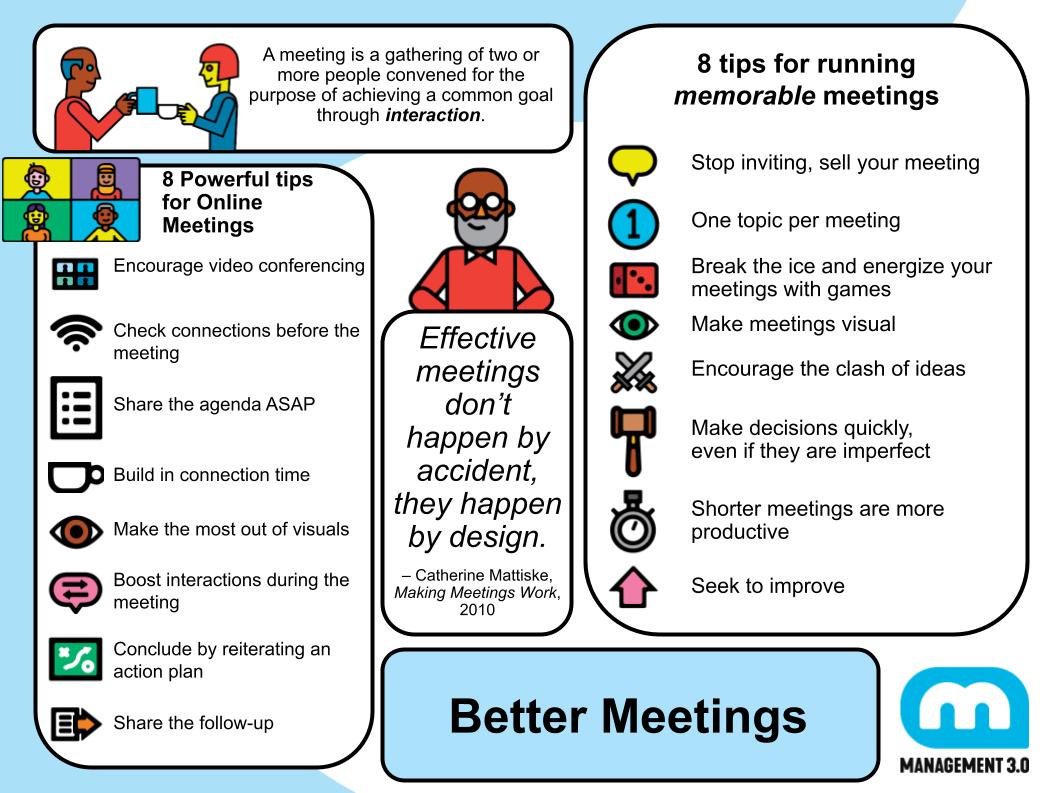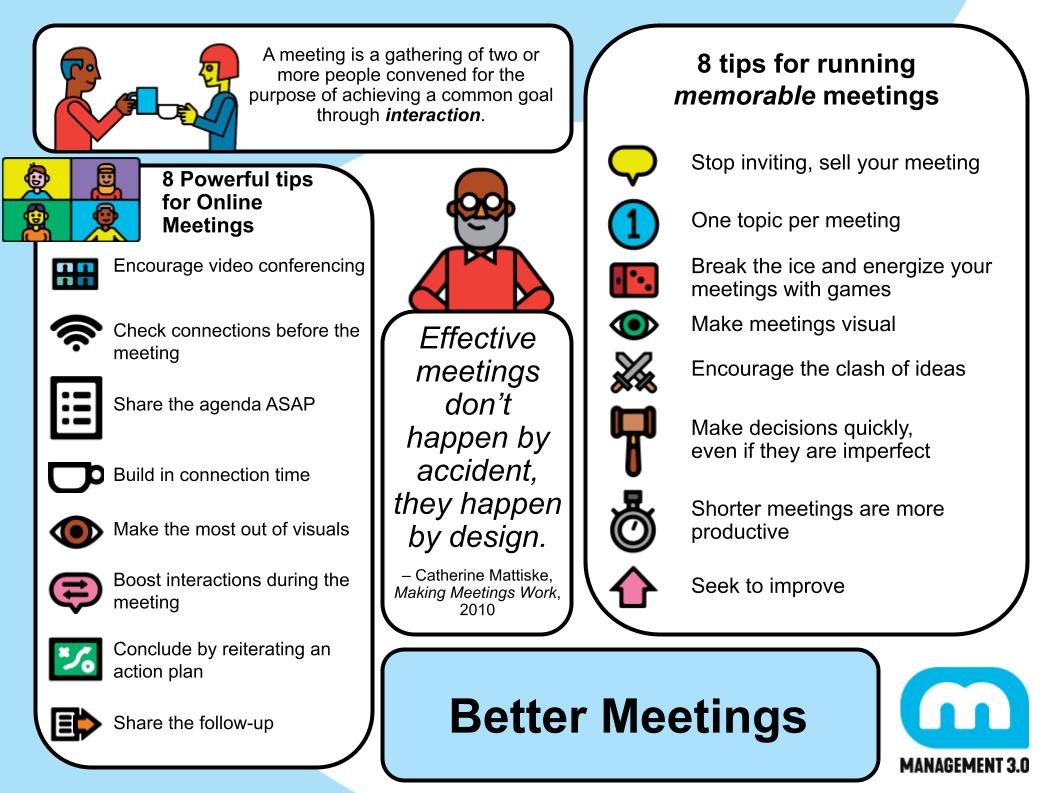
Unlock the Secrets to Productive Meetings: Tactics to Maximize Efficiency and Results
Have you ever sat through a meeting thinking, “Could this have been an email?” You’re not alone. Countless hours are wasted in unproductive meetings that could have been tackled more efficiently. But with the right strategies, you can transform these time sinks into engines of productivity and innovation.
Define Your Purpose: The North Star of Effective Meetings
Every successful meeting starts with a clear purpose. Before you send out that calendar invite, ask yourself, “What do I want to accomplish?” Whether it’s making a decision, brainstorming solutions, or sharing vital updates, your meeting’s goal should be evident to all participants. This shared understanding enables focused discussions and avoids the common pitfall of wandering off-topic.
Invite with Intention: Curate Your Participants
When it comes to attendees, more is not always merrier. A common mistake is inviting everyone who might be slightly interested or involved. Instead, curate your guest list to include only those whose input is critical. This not only makes for a more manageable discussion but also respects everyone’s time—two key ingredients for a productive meeting.
Create an Agenda: The Roadmap to Results
An effective meeting needs more than a goal—it needs a roadmap. That’s where a well-thought-out agenda comes in. This outline should be distributed in advance so participants can prepare. Structure it with timeline estimates for each point to keep the meeting on track, and prioritize items to ensure the most important topics get the attention they deserve.
Start and End on Time: Punctuality as a Practice
Respect for participants’ time is crucial. Starting and ending on time sets the tone of professionalism and efficiency. It signals to attendees that you value their schedules and commitments outside the meeting room. Should discussions go on longer than expected, don’t hesitate to schedule a follow-up rather than overextending the current session.
The Art of Facilitation: A Meeting’s Conductor
As the meeting leader, it’s your role to guide discussions, encourage participation, and reach desired outcomes. This demands active facilitation: keeping conversations on track, managing different personalities, and drawing out quiet attendees. Just like a conductor ensures each section of the orchestra comes in at the right time, your facilitation ensures every voice is heard, and every minute is optimized.
Decisions and Action Items: Measurables of Success
A meeting’s true value is often measured by its outcomes. Ensure that decisions made during the meeting are clear, assigned, and actionable. Before the meeting adjourns, review action items, and set deadlines. This step transforms discussion into tangible progress and holds everyone accountable.
The Power of Minutes: Documenting Decisions
Minutes don’t have to be a word-for-word transcript, but they should capture the essence of what was discussed, decisions made, and steps to be taken. Assign someone the role of note-taker to document this information, which should be shared with all participants and stakeholders promptly after the meeting, reinforcing accountability and serving as a reference for future follow-ups.
The Follow-Up Factor: Ensuring Implementation
Without proper follow-up, even the most efficient meeting can result in no real change. As the leader, check in on action items and offer support where needed. This fosters a culture of accountability and keeps the momentum from your effective meeting going.
Embracing Technology: Tools for Today’s Meetings
In an age where remote work is common, technology plays a pivotal role in effective meetings. Use collaborative tools that allow for real-time editing, video conferencing software for face-to-face interactions, and project management platforms to track progress on actions after the meeting. The right tech stack can supercharge your meeting efficiency.
Feedback: The Ingredient for Continuous Improvement
Finally, treat each meeting as an opportunity to grow. Solicit feedback from participants on what worked well and what could be improved. This reflects a commitment to continuous improvement and will help refine your meeting process over time.
Meeting Best Practices in Action: Your Blueprint for Success
Let’s put these principles into practice with a step-by-step blueprint for your next meeting:
1. Define the objective: Clarify the meeting’s purpose and jot it down.
2. Select your squad: Invite only essential personnel.
3. Craft the agenda: Write a clear agenda with time allocations and distribute it in advance.
4. Timing is everything: Start sharp and wrap up on time.
5. Lead with intent: Actively facilitate to keep the meeting on track.
6. Lock down decisions and actions: Summarize and assign clear responsibilities.
7. Minute to win it: Document key points and distribute them post-meeting.
8. Stay on them: Follow up on action items.
9. Leverage tech: Use digital tools to enhance collaboration and follow-through.
10. Seek growth: Request and implement feedback.
Conclusion: Reclaiming the Meeting Narrative

By following these best practices, you’ll transform your meetings from time-consuming obligations into strategic tools for driving efficiency and results. Remember, it’s about working smarter, not longer. With purposeful intent, a tailored guest list, structured agendas, and accountable follow-through, you’ll lead meetings that people actually look forward to because they lead to action and achievement.
Meetings don’t have to be a four-letter word. Empower each encounter with these tactics, and watch as your team’s productivity and outcomes soar. Make your next meeting not just necessary, but a vital stepping-stone to realizing your collective goals.